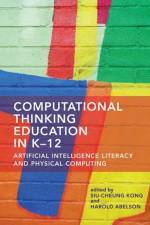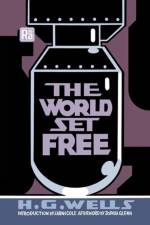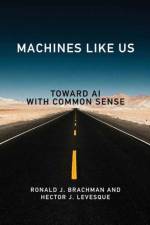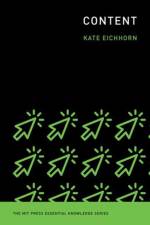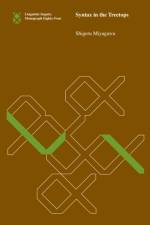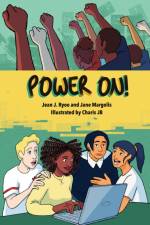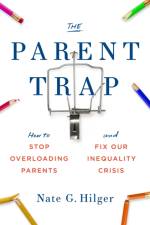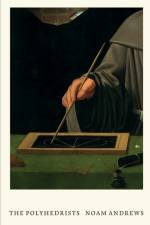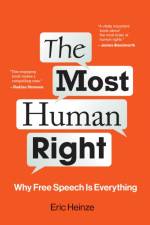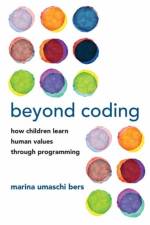- 400 Years of Ideas and Innovators
av Karen Weintraub
421,99
Anne Bradstreet, W.E.B. Du Bois, gene editing, and Junior Mints: cultural icons, influential ideas, and world-changing innovations from Cambridge, Massachusetts.Cambridge, Massachusetts is a city of "firsts": the first college in the English colonies, the first two-way long-distance call, the first legal same-sex marriage. In 1632, Anne Bradstreet, living in what is now Harvard Square, became the first published poet in British North America, and in 1959, Cambridge-based Carter's Ink marketed the first yellow Hi-liter. W.E.B. Du Bois, Julia Child, Yo-Yo Ma, and Noam Chomsky all lived in Cambridge at various points in their lives. Born in Cambridge tells these stories and many others, chronicling cultural icons, influential ideas, and world-changing innovations that all came from one city of modest size across the Charles River from Boston. Nearly 200 illustrations connect stories to Cambridge locations. Cambridge is famous for being home to MIT and Harvard, and these institutions play a leading role in many of these stories-the development of microwave radar, for example, the invention of napalm, and Robert Lowell's poetry workshop. But many have no academic connection, including Junior Mints, Mount Auburn Cemetery (the first garden cemetery), and the public radio show Car Talk. It's clear that Cambridge has not only a genius for invention but also a genius for reinvention, and authors Karen Weintraub and Michael Kuchta consider larger lessons from Cambridge's success stories-about urbanism, the roots of innovation, and nurturing the next generation of good ideas.

